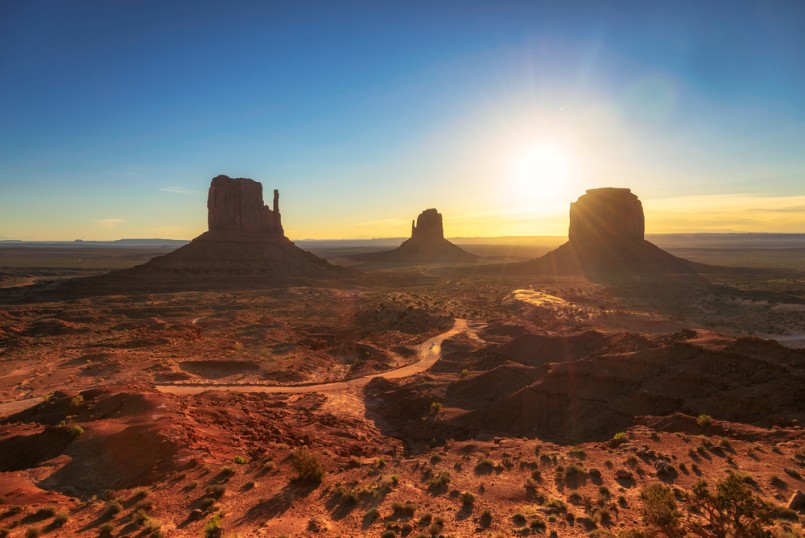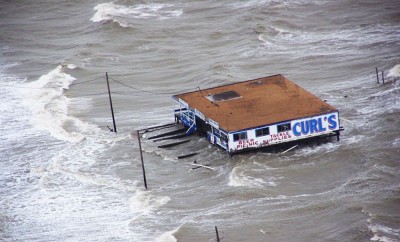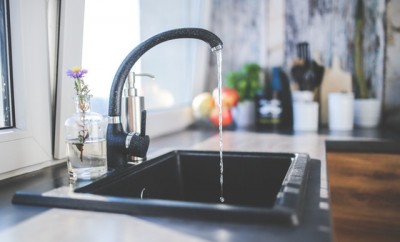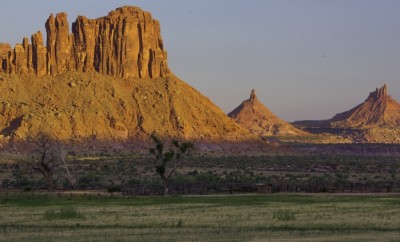Cultures
Cities thrive on water from reservations while Navajo lack water

Image: Shutterstock/Lucky-photographer
After several years of drought, the water crisis in the Southwest of the United States has reached critical levels. Among those worst hit are the Navajo people, who live in an area covering more than 27,000 square miles across parts of Arizona, Utah and New Mexico. This land, known as the Navajo Nation, is home to 170,000 people. While more than a third of these people don’t have water in their homes, this precious natural resource is redirected for people living cities in the surrounding area such as Phoenix, Las Vegas, and Albuquerque.
For tens of thousands of people in the Navajo Nation, obtaining water is a daily struggle. It takes hours for it to be transported by truck from the mountains where melted snow is collected. Without running water in their homes, hundreds of families in New Mexico wait for a visit from the “water lady” who delivers water in a tanker to them. To obtain water, others travel to watering points, which are simple hoses at public spots such as post offices in towns near the reservation.
Navajo without running water limit their use to about ten gallons a day per person. This isn’t much, considering all that water is typically used for. For example, a water-efficient shower head goes through two gallons per minute, so a 5-minute shower would exhaust this ration immediately. In addition to showers, basic usage of water includes cooking and drinking, washing clothes. Since flushing toilets is a luxury many Navajo must forfeit, they use outhouses instead.
Meanwhile, people living in big cities in the surrounding area not only have unlimited access to water, but they also use it indiscriminately. Residents of cities like Phoenix, Las Vegas, and Albuquerque consume 100-200 gallons per person today, which is 10-20 times more than the Navajo people. They use water for daily needs but also for swimming pools, water parks and irrigation of water-needy crops. As an example of the misuse of water in these cities, the fountain outside the Bellagio Hotel in Las Vegas loses 12 million gallons of water annually to evaporation and leakage.
Water scarcity has been a fundamental problem for the Navajo people since the 1860s, when the Federal government of the U.S. forced them to leave their homes, walk 300 miles and settle in a territory designated by the state. 150 years later, water is still in scarce supply for this people, while neighboring cities have unlimited access to it.
With the water problem worsening throughout recent years, some Navajo people have organized to negotiate with the neighboring states of Arizona, Utah and New Mexico to improve their access to water. This has proven difficult because state governments are unwilling to spend money on infrastructure needed to provide the Navajo with water, and because this resource is also precious to corporations in these states. As if deporting this people to a territory in the 1860s wasn’t bad enough, the state now refuses to provide them with this basic need. But Navajo activists haven’t relinquished in their struggle to gain access to it.





0 comments